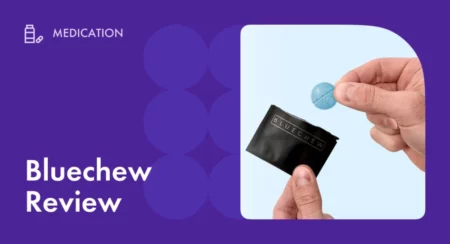Collaborative Timeline
| February 15, 2012 |
Application forms due |
| February/March 2012 |
Organizations conduct required pre-implementation activities |
| April 12-13, 2012 |
Attend Care Transitions Intervention Training |
| April 2012 |
Organizational implementation |
| May 2012 and ongoing |
Participate in three follow-up Care Transitions Implementation conference calls |
* All organizations are required to submit an application due to limited space. Each training session can accommodate up to 35 participants.
Additional Information
Contact: Kathy Cummings, Institute for Clinical Systems Improvement, email or 952-814-7086
Recorded Webinar- HealthEast Care Navigation Strategy
Rahul Koranne, MD, MBA, FACP, medical director, HealthEast Care System of St. Paul, describes HealthEast’s Care Navigation Strategy including its components, how it was developed and the outcomes it has achieved.
RARE – Project RED Collaborative
Potentially avoidable hospital readmissions can frequently be attributed to poorly understood discharge instructions, poor transfer of information to ambulatory caregivers, lack of timely post-discharge physician visit and poor medication reconciliation that yields duplication or interaction. The Project RED Collaborative supports hospital teams as they implement strategies to improve patient safety and reduce hospital readmissions by focusing on processes related to discharge planning.
Key Aspects
Project RED uses proven strategies such as explicitly delineating staff roles and responsibilities, initiating the discharge process upon admission, engaging patients early in their hospital stay, providing patient education throughout hospitalization, and supporting the patient after discharge to help ensure they understand and can follow through on discharge instructions. Aligned with the National Quality Forum’s Safe Practice 15: Discharge Planning Systems, Project RED includes three primary components:
- Designated discharge advocate to ensure comprehensive discharge planning process has occurred
- Patient focused care plan to support patient follow-through with discharge instructions
- Post discharge follow-up with patient to answer questions and provide support
Collaborative Timeline Cohort I
| October 31, 2011 |
Participant agreement forms due |
| December 7, 2011 |
In-person training and kickoff |
| January – March 2012 |
Complete on-line modules with internal teams |
| February 14, 2012 |
Group Conference Call to discuss modules 1 and 2 |
| March 29, 2012 |
Group Conference Call to discuss module 3 |
| April 23, 2012 |
Afternoon workshop, Earle Brown Heritage Center, Brooklyn Center |
| May – December 2012 |
Periodic collaborative conference calls to support implementation |
Collaborative Proposed Timeline Cohort II
| May 18, 2012 |
Participant agreement forms due |
| June 2012 |
Participate in in-person training and kickoff |
| July – September 2012 |
Complete on-line modules with internal hospital teams |
| September – October 2012 |
Participate in Collaborative conference calls to share strategies and challenges |
| November 12, 2012 |
Afternoon workshop prior to RARE Action Day |
| December 2012 – March 2013 |
Periodic collaborative conference calls to support implementation. |
Additional Information
Contact: Karla Weng, Stratis Health, email or 952-853-8570
Project RED (Re-Engineered Discharge). Project RED strategies to reduce hospital readmissions include explicit delineation of hospital staff roles and responsibilities, initiating the discharge process upon admission, engaging patients early in their hospital stay, providing patient education throughout hospitalization, and supporting the patient after discharge. (Recorded September 29, 2011) Part 1 (46-minute podcast) Handout 1 (9-page PDF) Handout 2 (16-page PDF)







